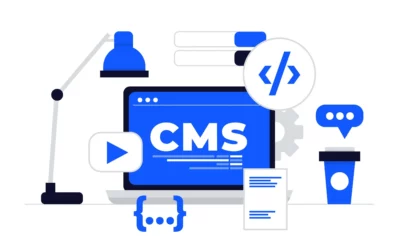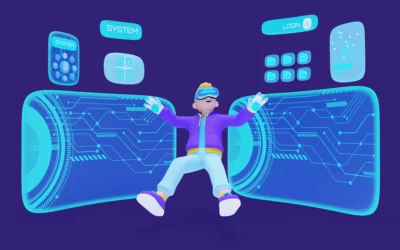Introduction
Android Jetpack consists of libraries, tools, and architectural guidance from Google to assist developers in creating high-quality Android apps more efficiently.
The Android Jetpack components are grouped into several categories, and they include architecture components. The key architecture components in Android Jetpack at that time were:
- WorkManager: WorkManager is a library for managing background tasks. It provides a way to run deferrable, guaranteed background work, with easy-to-use and flexible scheduling.
- LiveData: LiveData is an observable data holder class. It’s used to hold and observe changes in data and can be particularly useful for updating UI components when the underlying data changes.
- Room: Room is an SQLite object mapping library. It provides an abstraction layer over SQLite to allow more robust database access while harnessing the full power of SQLite.
- Data Binding: Data Binding is a library that allows you to bind UI components in your layouts to data sources in your app. This can help reduce boilerplate code and make your UI code more readable.
- Paging: Paging is a library that helps you load and display data more efficiently. It’s particularly useful when dealing with large datasets or endless scrolling.
- Navigation: Navigation is a component that helps you implement navigation between different parts of your app, simplifying the process of handling navigation and deep linking.
- ViewModel: ViewModel is designed to store and manage UI-related data so that it survives configuration changes, such as screen rotations. It helps in separating the UI from the data, improving the maintainability of your app.
- ConstraintLayout: While not a part of the original set of architecture components, ConstraintLayout is often used in conjunction with them. It’s a flexible layout manager that can help you create complex UIs.
Now let’s start with WorkManager.
Google released WorkManager, an Android library, as one of the architectural components of the Android Jetpack. It’s designed to simplify and manage background tasks, making it easier to perform deferrable and guaranteed work in Android apps. WorkManager is a more modern and flexible replacement for older APIs like AlarmManager and JobScheduler.
Here are some key features and concepts related to WorkManager:
- Backward Compatibility: WorkManager is designed to work on a wide range of Android devices, including those running older versions of Android. It selects the best available method for running background tasks depending on the Android version and device capabilities.
- Constraints: WorkManager allows you to define constraints for when work should be executed. You can specify conditions like network connectivity, charging status, and more. WorkManager will ensure that work is only executed when these conditions are met.
- Chaining and Sequencing: You can chain and sequence multiple work requests to create complex workflows. For example, you can define a series of tasks that need to be executed one after the other.
- One-Time and Periodic Work: WorkManager supports both one-time and periodic work requests. This is useful for tasks that need to run once or on a recurring schedule.
- Result and Progress Reporting: WorkManager provides a way to observe the progress and results of your background work. You can receive status updates and get results from your tasks.
- Guaranteed Execution: WorkManager ensures that tasks are executed, even if the app is killed or the device is rebooted. This makes it suitable for critical and deferrable background work.
- Flex Intervals: For periodic work, you can specify a flex interval. This allows the system to run the work at a more optimal time, taking into account factors like battery optimization.
- Observer Pattern: You can observe the status of your work requests using LiveData, making it easy to update the UI based on the progress of background tasks.
Here’s a basic example of how to schedule work using WorkManager:
“`kotlin
// Define the work request
val workRequest = OneTimeWorkRequest.Builder(MyWorker::class.java)
.setConstraints(Constraints.Builder().setRequiredNetworkType(NetworkType.CONNECTED).build())
.build()
// Enqueue the work request
WorkManager.getInstance(context).enqueue(workRequest)
“`
In this example, `MyWorker` is a class that extends `Worker` and performs the background task. The `Constraints` ensure that the work is executed only when there is a network connection.
Conclusion
WorkManager is a powerful tool for managing background tasks in Android applications and is recommended for use in modern Android app development. It simplifies many of the complexities associated with background processing and provides a consistent and reliable way to schedule and manage background work.





